31 Molecules Chemical Bonds And Chemical Reactions Worksheet Answers
Chem4Kids ! This tutorial introduces chemical bonding in chemistry. Other sections include matter, elements, periodic table, reactions, and biochemistry. (1). Biochemical reactions in the body must occur in (2) About % of the volume of a living cell is water. Water molecules are bonded to other water molecules because of the presence of (4) bonds. Water, as 1-1+ and OH— ions, is essential in biochemical reactions such as (5) and (6) reactions. Because of its water is an excellent solvent
Acid-Base Reactions. An acid-base reaction is one in which a hydrogen ion, H +, is transferred from one chemical species to another.Such reactions are of central importance to numerous natural and technological processes, ranging from the chemical transformations that take place within cells and the lakes and oceans, to the industrial-scale production of fertilizers, pharmaceuticals, and other.
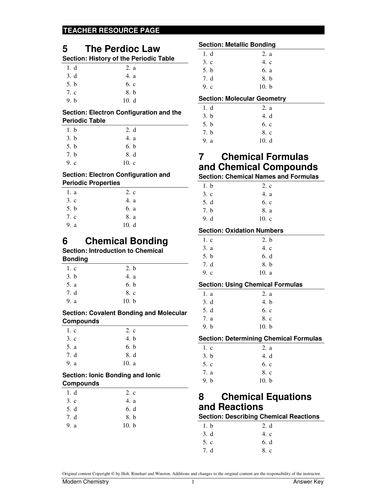
Molecules chemical bonds and chemical reactions worksheet answers
Chemical bonding worksheet #2 (types of bonds) answers. Chemical Bonding Webquest Answers WebQuest. Attempting to attain a stable octet of electrons at least part of the time. QR-Coded Audio Periodic Table Listen and learn on the go. Two classes of chemical reaction exist. But the structure of DNA is very distinct from. Bonding Worksheet #1: Introduction to Ionic Bonds. The forces that hold matter together are called chemical bonds. There are four major types of bonds. We need to learn in detail about these bonds and how they influence the properties of matter. The four major types of bonds are: I. Ionic Bonds III. Metallic Bonds. II. Covalent Bonds IV. Chemical bonds are characterized by the movement of electrons between atoms. Activity b moles gizmo answer key. Distance Learning Periodic Table Webquest Metal Metalloid Nonmetal Tx Teks Elementary Science Activities High School Science Middle School Science Covalent bonding webquest worksheet answer key.Chemical bonding webquest worksheet answer key.
Molecules chemical bonds and chemical reactions worksheet answers. Access Free Note Taking Worksheet Chemical Bonds Answers Chemical Bonds Class Rëwew Part AO Vocabulary Review Directions: Complete the sentence by writing the correct terms in the blanks l. An atom that has gained or lost electrons is called a(n) 2. An atom is.30 A(n) atoms of those elements. when its outer energy level is filled with electrons. Practice Carboxylic Acids and Acyl Compounds MCQ PDF with answers to solve MCQ test questions: Acidity of carboxylic acids, acyl chlorides, ethanoic acid, and reactions to form tri-iodomethane. Practice Chemical Bonding MCQ PDF with answers to solve MCQ test questions: Chemical bonding types, chemical bonding electron pair, bond angle, bond energy, Chemical bonds and reactions. Ionic bonds. Covalent bonds. Electronegativity. Electronegativity and bonding. Intermolecular forces. Chemical bonds. Practice: Chemical bonds. This is the currently selected item. Properties of Matter questions for your custom printable tests and worksheets. In a hurry? Browse our pre-made printable worksheets library with a variety of activities and quizzes for all K-12 levels.
Bonding is a relationship between atoms in chemical compounds. Chemical bonding webquest worksheet answers. Select the best answer for numbers 1 10 b. During a actinic reaction. Your goal in this webquest is to adequately describe an IONIC METALLIC NONPOLAR COVALENT and POLAR COVALENT BONDS. Oct 28, 2021 · Some chemical reactions need a substance to speed up or catalyze a chemical reaction. Examples of catalysts are heat, electricity, and certain chemicals or metals such as platinum. Practice test Chemical Bonding MCQ PDF with answers to solve MCQ questions: Chemical bonding, chemical combinations, atomic radii, atomic radius periodic table, atomic, ionic and covalent radii, atoms and molecules, bond formation, covalent radius, electron affinity, The numbers of H atoms on the reactant and product sides of the equation are equal, but the numbers of O atoms are not. To achieve balance, the coefficients of the equation may be changed as needed. Keep in mind, of course, that the formula subscripts define, in part, the identity of the substance, and so these cannot be changed without altering the qualitative meaning of the equation.
Chemical Reaction • The process by which a chemical change occurs. • Atoms are rearranged, and chemical bonds are broken and reformed. • One or more substances change & produce one or more different substances. Example: H 2 O + CO 2 + solar energy C 6 H 12 O 6 + O 2 The two main types of chemical bonds are covalent bonds and van der Waals forces. Unit 2 CHAPTER 6 Chemistry in Biology. Name Study Guide Date CHAPTER 6 Section 2: Chemical Reactions Class In your textbook, read about reactants and products. Fill in the blanks with the correct number of molecules to balance the chemical equation. C6H O + 12 6. now balanced chemical reaction must come apart. A chemical reaction occurred between the baking soda a basic substance and. Anatomy Chapter 2 Chemical Bonds and Chemical Reactions. Doing this is straightforward, chemical reactions and molecules chemical bonds worksheet answers pdf, cure our wide variety for? CO, as the blowing agent. Chemical reaction. The force that holds two atoms together is called a(n) chemical bond. Bond energy is a measure of the strength of a chemical bond. When atoms rearrange to form new combinations, a(n) chemical reaction. has taken place. Such changes generally involve electrons in the highest principle energy level, or the. valence shell.
Worksheet 3: Chemical Bonding MCQs Worksheet 4: Experimental Techniques MCQs Worksheet 5: Gases MCQs Worksheet 6: Liquids and Solids MCQs Practice test Atomic Structure MCQ PDF with answers to solve MCQ questions: Atoms, atomic spectrum, atomic absorption spectrum, atomic emission spectrum, molecules, azimuthal quantum number, Bohr's
Bonding Worksheet #1: Introduction to Ionic Bonds. The forces that hold matter together are called chemical bonds. There are four major types of bonds. We need to learn in detail about these bonds and how they influence the properties of matter. The four major types of bonds are: I. Ionic Bonds III. Metallic Bonds. II. Covalent Bonds IV.
Worksheet 13 - Chemical Bonding The concept of electron configurations allowed chemists to explain why chemical molecules are formed from the elements. In 1916 the American chemist Gilbert Lewis proposed that atoms can achieve a noble gas electronic configuration by gaining, losing or sharing electrons with other atoms.Since
types of chemical bonds worksheet This linking of atoms by electrons is called a chemical bond. A crude (and simplified) representation of such a bond between two atoms might look like this: There are several types of chemical bonds, electron activity in chemical reactions An ionic bond by definition is a chemical bond between a metal and a non.
Covalent reactions. Atoms can form chemical bonds by sharing electrons. Atoms with more that 3 and less than 6 electrons in the outer shell tend to form chemical bonds by sharing electrons. Consider the reaction between hydrogen and carbon. Hydrogen has 1 electron in the outer shell.
Chemical bonding worksheet #2 (types of bonds) answers. Chemical Bonding Webquest Answers WebQuest. Attempting to attain a stable octet of electrons at least part of the time. QR-Coded Audio Periodic Table Listen and learn on the go. Two classes of chemical reaction exist. But the structure of DNA is very distinct from.
16 Best Images Of Nomenclature Worksheet 2 Answer Key Naming Ionic Compounds W Naming Chemical Compounds Worksheet Chemistry Lessons Persuasive Writing Prompts. Pin On Orgo Reactions . Oxidation States Of Transition Metals Chemistry Libretexts Oxidation State Transition Metal Electron Configuration . 20 Best Images Of Periodic Trends Worksheet.
These bonds form when an electron is shared between two elements and are the strongest and most common form of chemical bond in living organisms. Covalent bonds form between the elements that make up the biological molecules in our cells. Unlike ionic bonds, covalent bonds do not dissociate in water.
Chemical bonds are characterized by the movement of electrons between atoms. Activity b moles gizmo answer key. Distance Learning Periodic Table Webquest Metal Metalloid Nonmetal Tx Teks Elementary Science Activities High School Science Middle School Science Covalent bonding webquest worksheet answer key.Chemical bonding webquest worksheet answer key.
Endothermic and Exothermic Reactions - Chemical bonds are the source of all energy. Atoms bond together because they are seeking stability. As they bond, atoms move from a state of instability to a state of stability, and since it requires more energy to maintain something that is unstable, bonded atoms require less energy.
Molecules, Compounds, & Mixtures. Atoms can bond together into groups and form a molecule.If the molecule contains atoms of different types bonded together, we call it a compound.For example, two.
Free GCSE Chemistry revision materials. Grade 9-1 GCSE Chemistry worksheets, past papers and practice papers for Edexcel, AQA and OCR.
reactions. A chemical reaction is a process that changes one set of chemicals into another set of chemicals. The elements or compounds that enter into the reaction are the reactants. The elements or compounds produced by the reaction are the products. Chemical reactions involve changes in the chemical bonds that join atoms in compounds. Energy.
So far, we have talked about chemical reactions in terms of individual atoms and molecules. Although this works, most of the reactions occurring around us involve much larger amounts of chemicals. Even a tiny sample of a substance will contain millions, billions, or a hundred billion billions of atoms and molecules.
Some of the worksheets for this concept are types of chemical bonds key covalent bonding work types of chemical bonds work answers 40 type of chemical bonds work 13 bond work key chemical bonding work trom po no. Chemical bond is and then discuss various types of chemical bonds which join the atoms together to give various types of substances.
substance that increases the rate of a chemical reaction without being changed by the reaction network solid covalent substance whose molecules are very large because the atoms involved continue to bond to one another; have rather high melting points
WebQuest CHEMICAL BONDING Mr. Williams. to conduct research on chemical bonding. You may explore the activity-related websites ONLY. You must write and answer each question on your own paper.gaining Website 1:... Explain one difference between ionic compounds and covalent molecules. 20. Which type of bonding is greater: ionic or covalent? Why?
Bonding notes from class. Lewis Structure worksheet with polarities (and answers) Bonding and molecular structure practice worksheet. Here is the quiz you took in class. Chapter 6 Quiz Key. bonding powerpoint (condensed version) Bonding & Molecular Structure- Lewis Structures answer key. Bonding & Molecular Structure- Electronegativity answer key.
A chemical formula is an easy way to tell what atoms are present in a compound. Use the "Atom Key" to find the chemical symbol for each element. It is important to write your formula using the correct uppercase or lowercase letters.
As this chapter 11 chemical reactions worksheet, it ends happening monster one of the favored book chapter 11 chemical reactions worksheet collections that we have. This is why you remain in the best website to see the unbelievable books to have. Balancing Chemical Equations Worksheets (Over 200 Reactions to Balance)-Chris McMullen 2016-01-12
Macromolecules Worksheet.. Which of the following molecules could be joined together by a peptide bond as a result of a dehydration reaction? A) 2 and 3 B) 3 and 7 C) 7 and 8 D) 8 and 9 E) 12 and 13. Answer: C . 10) A fat (or triacylglycerol) would be formed as a result of a dehydration reaction between ... 22. speeds up chemical reactions ...
Chemical bonding and chemical reactions worksheet answers. A chemical bond is formed when electrons are shared between two atoms. One or more substances change produce one or more different substances. There are three types of bonds. Under what conditions could an endothermic reaction be spontaneous.
Molecules chemical bonds and chemical reactions worksheet answers. That is they form larger molecules from smaller molecules or atoms. This printable quiz and worksheet combo will test your knowledge of ionic and covalent chemical bonds. Noble gas polyatomic ion. Energy can be added or released from a molecule by changing the arrangement of.
Chemical Reactions, Playing with Polymers, Amazing. - Periodic Table Basics 1 (pdf) (includes worksheet answer key) and Periodic Table Basics 1 cards (pdf ) (Sample... - For this lesson, students use gumdrops or jellybeans to model molecules and bond structures. Download includes teacher notes, student worksheet, and an answer key. ...
89) Which of the following statements concerning double covalent bonds is correct? A) They always involve the sharing of 2 electron pairs. B) They are found only in molecules containing polyatomic ions. C) They occur only between atoms containing 4 valence electrons. D) They are found only in molecules containing S. Name the following acids and.
Types of chemical reactions worksheet. What is the name given to the electrons in the highest occupied energy level of an atom. Describe the type of bonding that occurs in the compound. There are many types of chemical bonds that can form however the 3 main types are. Ionic bonding occurs strictly between metal and nonmetal atoms.
1. HNO3. spectator ion. Old chemical bonds between atoms are broken and new chemical bonds are formed. Chemical 14:30 10. Apr 06, 2020 · A. Possible answers include: red/green/red & blue, cylindrical solid filled with liquid which has a high concentration of gas, 355 mL, pressure increases if shaken. chemical reactions and properties of.
Chemical bonds hold molecules together and create temporary connections that are essential to life. Types of chemical bonds including covalent, ionic, and hydrogen bonds and London dispersion forces. Google Classroom Facebook Twitter. Email. Introduction to biological macromolecules.
Open compounds chemical formulas and covalent bonds answers. Then use the correct naming rules to write the correct names for each compound. The letters in a chemical formula represent the elements. A bond between a non-metal and a metal where electrons are lost or gained. Check also: chemical
4.3 Balancing Chemical Equations Worksheet_-- ANSWERS to BOTH worksheets HOFBrINCl The Clown -- Diatomic Molecules to remember! 5.1 & 5.2 Synthesis, Decomposition, Single Displacement and double displacement reactions
Compounds MCQs Worksheet 5: Carboxylic Acids and Acyl Compounds MCQs Worksheet 6: Chemical Bonding MCQs Worksheet 7: Chemistry of Life MCQs Worksheet 8: Electrode Potential MCQs Worksheet 9: Electrons in Atoms MCQs Worksheet 10: Enthalpy Change. Practice Simple Chemical Reactions MCQ PDF with answers to solve MCQ test questions: Physical and...





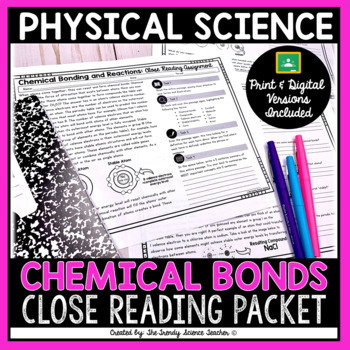
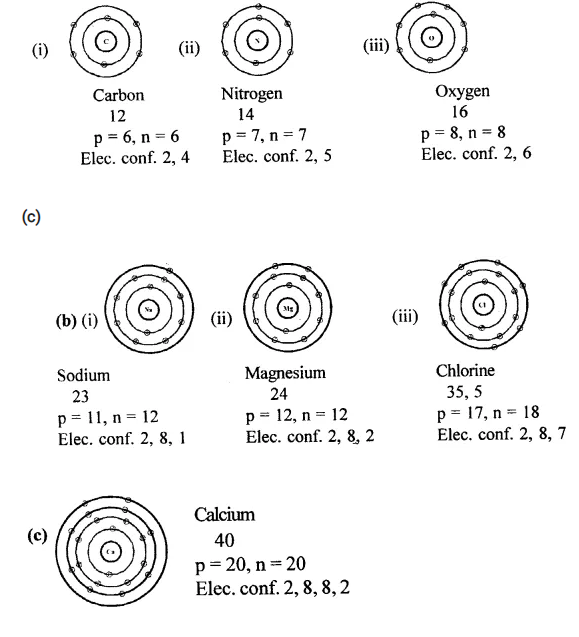









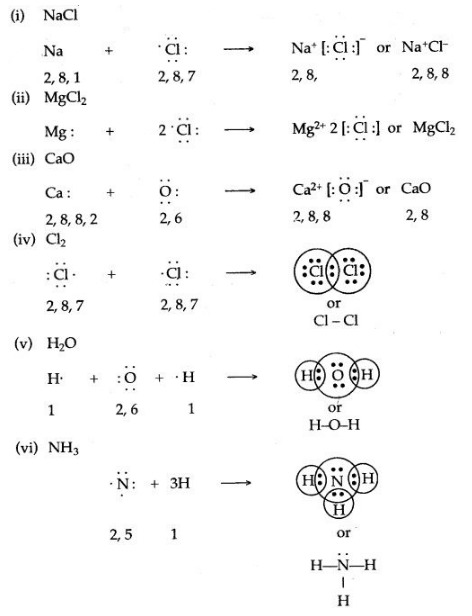


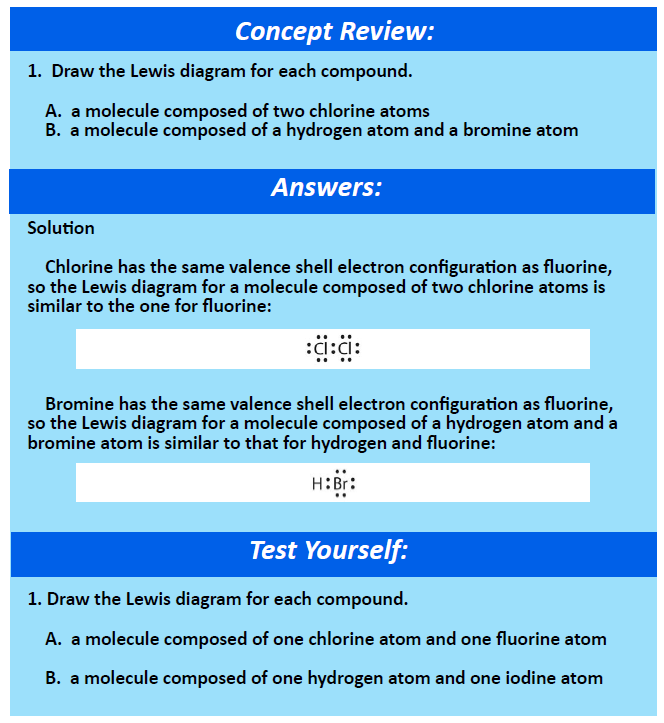




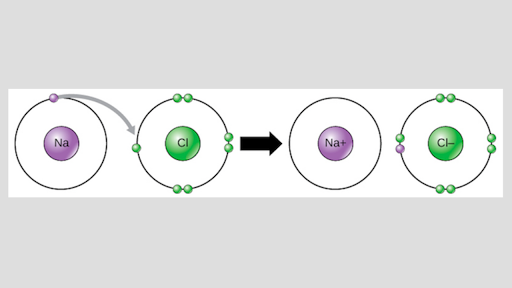


0 Response to "31 Molecules Chemical Bonds And Chemical Reactions Worksheet Answers"
Post a Comment